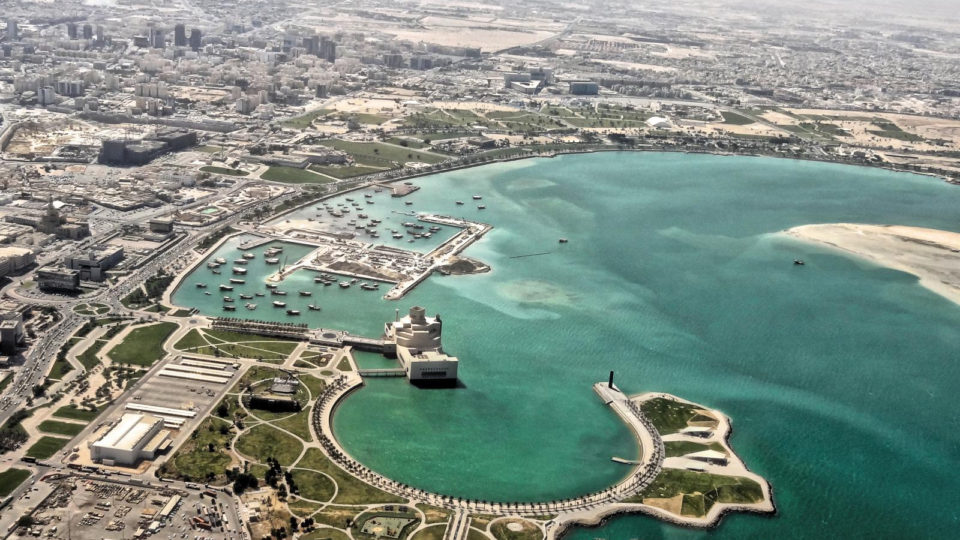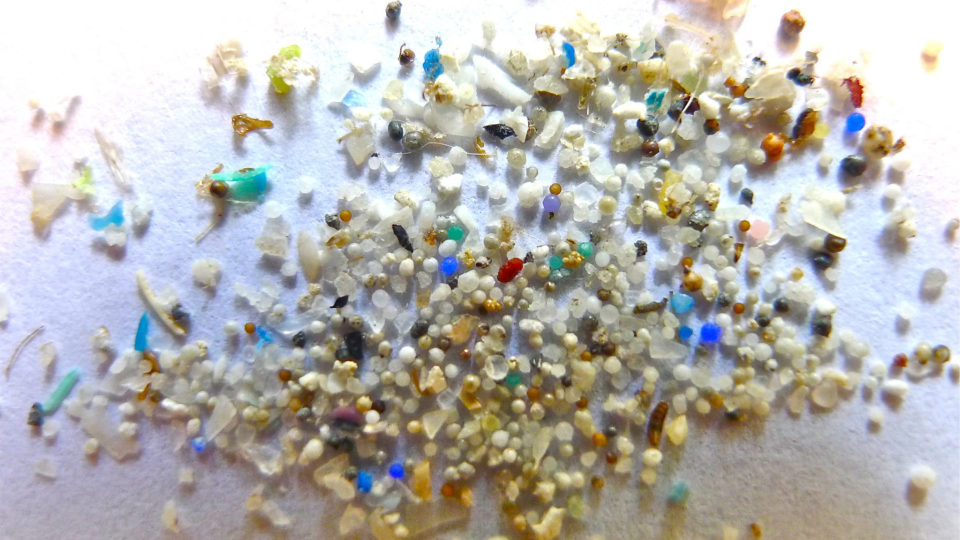According to a new study published in the journal Environmental Research Letters, concentrations of pharmaceuticals in rivers and lakes have dramatically increased across the globe over the past 20 years.
Traces of medicines get passed into waterways through the excretion of active drugs in human waste, the disposal of unused medicines down drains, and runoff from livestock farms.
The study looked in detail at two specific drugs: carbamazepine, an anti-epileptic drug, and ciprofloxacin, an antibiotic. The study found that the risk of ecological damage from the residue from these two drugs was 10 to 20 times higher in 2015 than in 1995.
Chronic exposure to carbamazepine, for example, has been shown to alter feeding behavior and reduce egg viability in zebrafish, as well as reduce reproductive success in crustaceans. Antibiotics can alter major nutrient cycles and decrease the effectiveness of bacteria-based wastewater treatment systems.
The study, led by researchers from the Netherlands, created a new model estimating concentrations of the two drugs over a 20-year period in 449 aquatic systems around the globe. The model predicts a relatively high environmental risk in densely populated and dry areas such as the Middle East.
When the researchers compared the model’s results to samples from four river systems in various locations, they found that the actual drug concentrations were even higher than model results, in some cases by a factor of 10 to 100.
The new model should act as a guide for a more thorough investigation into pharmaceutical residues in waterways, which pose significant environmental risks all over the world.
**********
Web Links
Concentrations of Pharmaceuticals in Freshwater Increasingly Globally
Photo, posted March 22, 2012, courtesy of Rajeev Rajagopalan via Flickr.
Earth Wise is a production of WAMC Northeast Public Radio.




